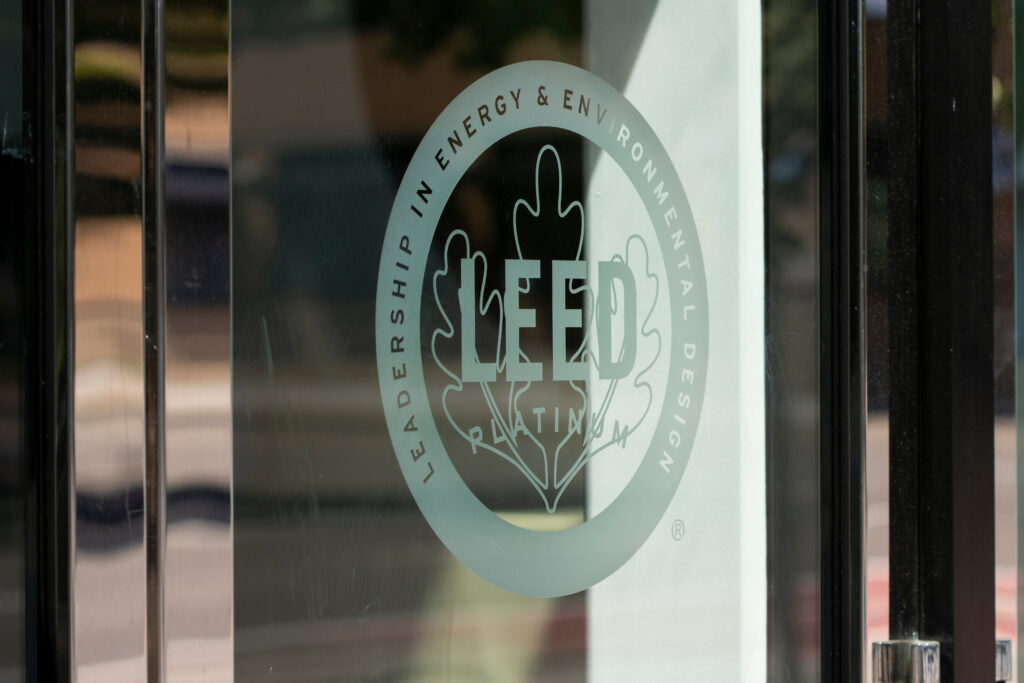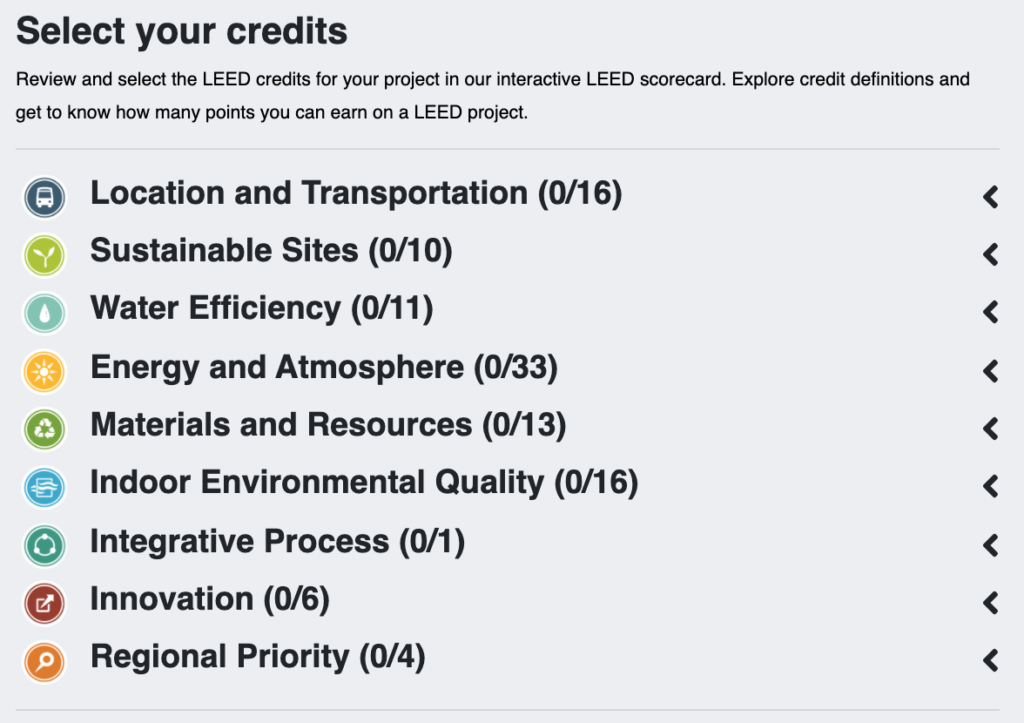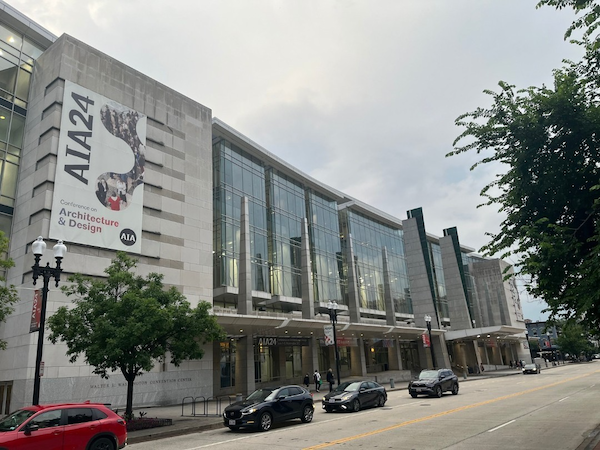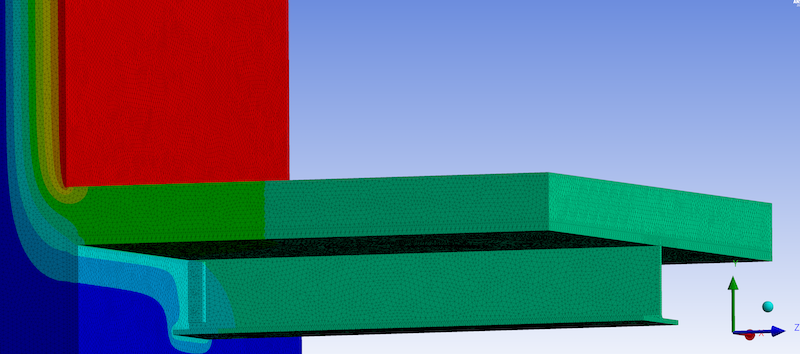
“Buildings account for almost 40% of global energy-related CO2 and are critical in tackling climate change.” – USGBC
Table of Contents
- What is LEED?
- LEED Benefits
- LEED Rating System
- How can ClimaSpec Structural Thermal Breaks Help Achieve LEED Credits?
What is LEED?
With continuous pressure to prioritize sustainable construction design and to evaluate the influence of building design and construction on the environment. The Leadership in Energy and Environmental Design (LEED®) system was designed by the United States Green Building Council (USGBC).
It is important that all stakeholders contribute towards the common goal of building a sustainable future. That is why having common goals and guidelines that benefit all stakeholders are set in place with the LEED system.
This is called the LEED Triple Bottom Line:
- People (social capital). All the social costs and benefits to the people who design, construct, live in, work in, and constitute the local community and are influenced, directly or indirectly, by a project.
- Planet (natural capital). All the environmental costs and benefits of a project on the natural environment, locally and globally.
- Profit (economic capital). All the economic costs and benefits of a project for all the stakeholders (not just the project owner).
LEED Benefits
The framework for healthy, highly efficient, and cost-effective green buildings that provide benefits to the environment, society, and governance can be established with LEED certification, which is available for almost all building types.
Reducing Operational Costs – Residential and commercial LEED certified buildings have lower operating costs due to the increased energy efficient designs.
Tax Credits – LEED certified buildings are often eligible for state and local tax credits.
PR Benefits – Securing LEED certification enables developers, building owners, designers and contractors to highlight to existing and potential clients that they are sustainably focused.
Investment – The higher the rating of LEED certification translates into an increased building lifespan. Therefore, higher initial costs can be seen as an investment as they can be recouped and provide a payback over the life of the building.
Value – LEED certified buildings often have higher lease-up rates and retain higher property values compared to non-LEED buildings. Cushman & Wakefield states that LEED certified buildings average an 11.1% higher rent than non-LEED certified buildings.
Lower Risk – Studies show that LEED certified buildings are less impacted by slow economies and that LEED-certified Class A urban office sales generated a 25.3% price per square foot premium over non-certified buildings. In comparison, LEED-certified Class A suburban offices achieved a 40.9% premium over non-certified assets Cushman & Wakefield (2021).
LEED Rating System
The LEED® rating system defines seven categories; Sustainable Sites, Water Efficiency, Energy and Atmosphere, Materials and Resources, Indoor Environmental Quality, Innovation in Design Process and Regional Priority. Buildings earn points under the LEED rating system based on how well they perform in those specific categories, earning points for the four LEED certification levels.

Energy and Atmosphere (EA) involves the design of a building that uses as little energy as possible through efficiency, conservation, and alternative renewable energy sources. With EA representing 33 out of the total 110 possible points, an emphasis should be placed on minimizing thermal bridging with the use of Climaspec Structural Thermal Breaks.
How can ClimaSpec Structural Thermal Breaks Help Achieve LEED Credits?
Incorporating ClimaSpec structural thermal breaks into building design aids contribution towards LEED® Green Building certification credits. Below are examples of where possible credits and points can be obtained but are not limited to:
Energy & Atmosphere Credit: 1 – 19 Points
Optimize Energy Performance
Achieve increasing levels of energy performance beyond the prerequisite standard to reduce environmental and economic impacts associated with excessive energy use.
ClimaSpec can contribute toward obtaining credits by improving the building energy performance through minimizing thermal bridging and increasing the energy efficiency of the building components.
1-19 points can be awarded for energy cost savings of 12%-48% for new buildings and 8%-44% for existing building renovations.
Energy & Atmosphere Prerequisite 2
Minimum Energy Performance
Establish the minimum level of energy efficiency for the proposed building and systems to reduce environmental and economic impacts associated with excessive energy use.
Due to the high thermal performance of the ClimaSpec Structural Thermal Break Range, energy performance can be increased due to minimizing thermal bridging at numerous connection locations that help to meet ASHRAE 90.1- requirements.
Indoor Environmental Quality Credit 7.1: 1 Point
Thermal Comfort- Design
Provide a comfortable thermal environment that promotes occupant productivity and well-being.
ClimaSpec improves the thermal performance of building components that construct building envelopes. Balconies, canopies, brick relieving angles, facade attachments, columns, foundation to wall transitions, wall to roof transitions, roof penetrations are all applications where ClimaSpec can minimize thermal bridging, therefore, improving building energy performance and reducing operational costs and improving occupant comfort.
Innovation in Design Credit 1: 1 – 5 Points
Innovation in Design
Provide design teams and projects the opportunity to achieve exceptional performance above the requirements set by the LEED Green Building Rating System and/or innovative performance in Green Building categories not specifically addressed by the LEED Green Building Rating System.
The premium properties of the ClimaSpec Structural Thermal Break range provide effective solutions to meet current sustainability, energy, construction schedules, and budgets.
Regional Priority Credit: 1 – 4 Points
Regional Priority
To provide an incentive for the achievement of credits that address geographically-specific environmental priorities.
All ClimaSpec Structural Thermal Breaks are manufactured in the USA and may contribute towards these points depending on which Regional Priority (RP) credits have been selected locally.
It’s important to note that the specific contribution of structural thermal breaks to LEED points will vary based on project specifics and regional priorities. Therefore, consulting the latest LEED guidelines and working with a LEED-accredited professional is recommended for accurate assessment and implementation.
Ready to talk to a ClimaSpec Structural Thermal Break Specialist? Contact ClimaSpec here.


